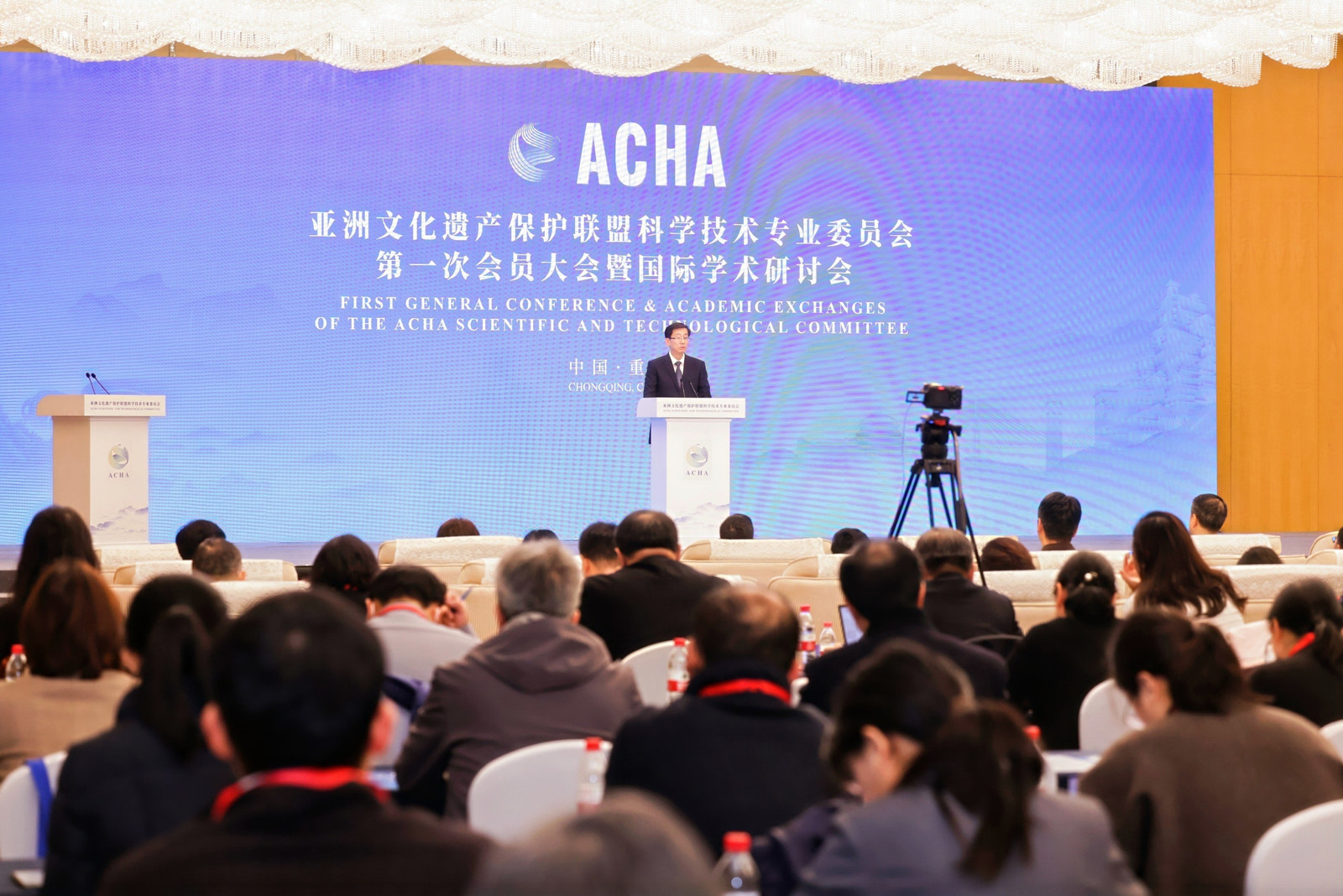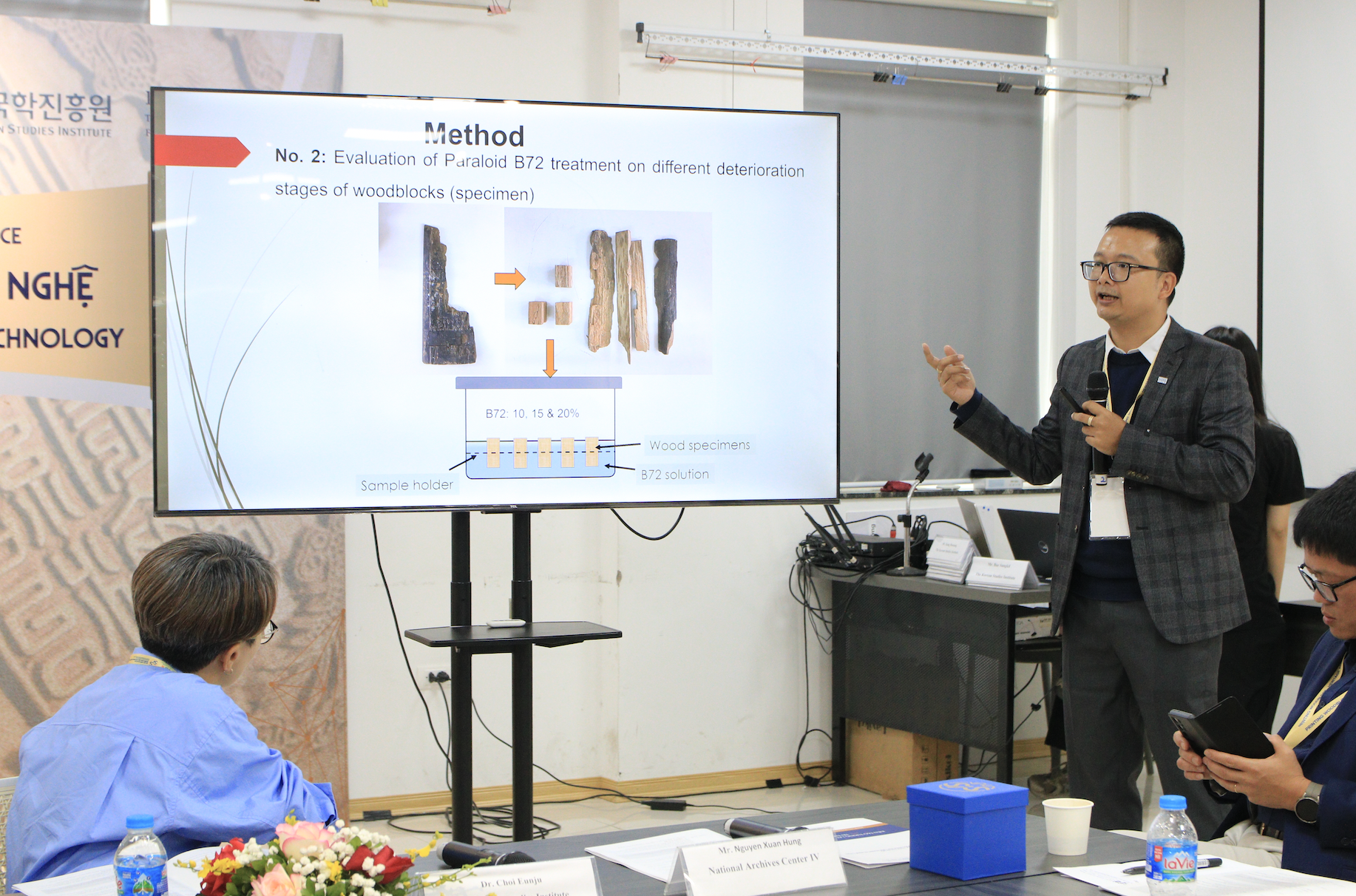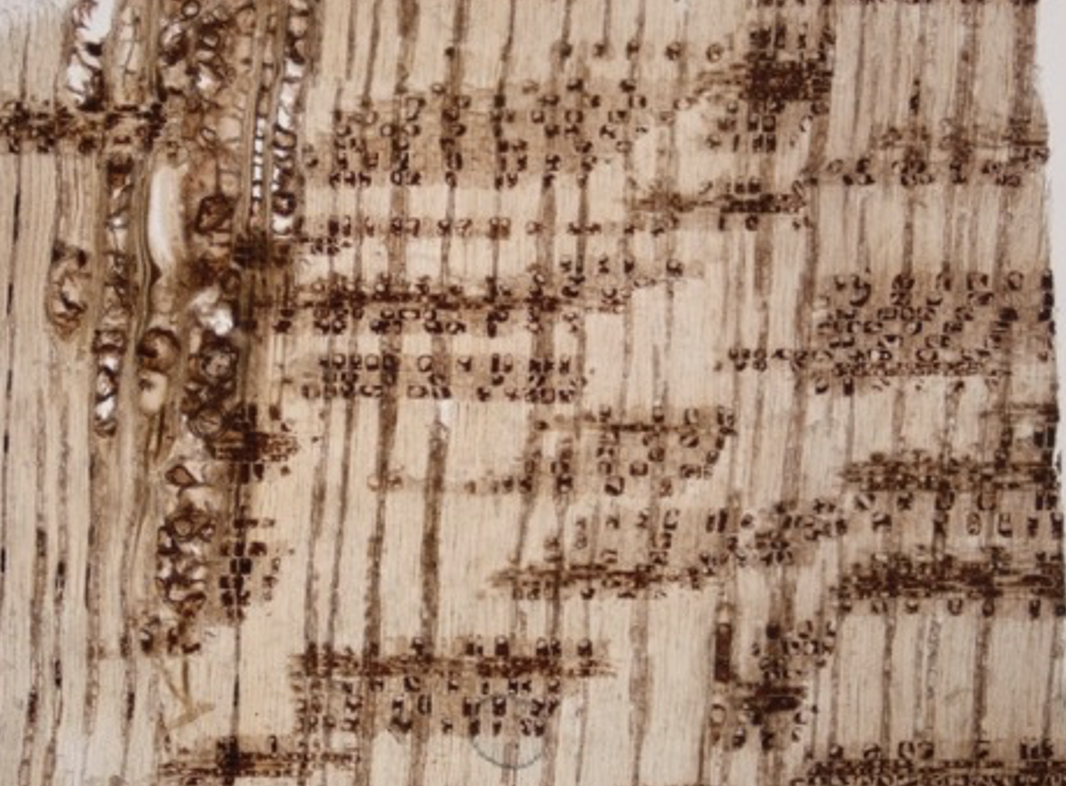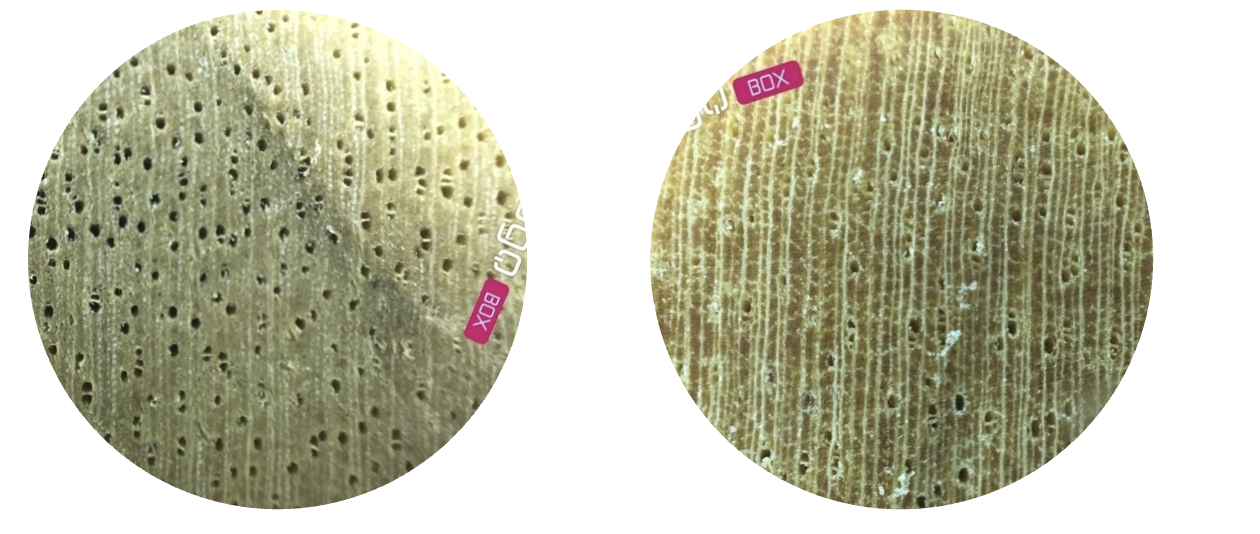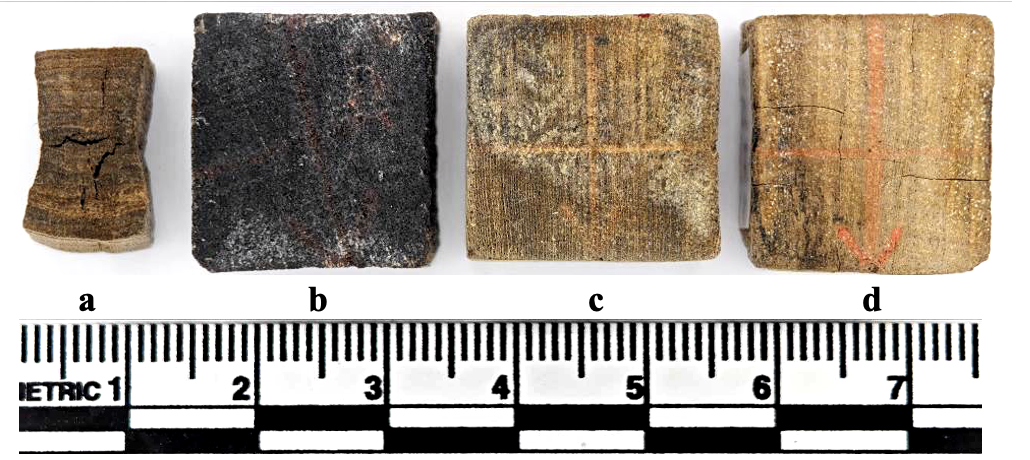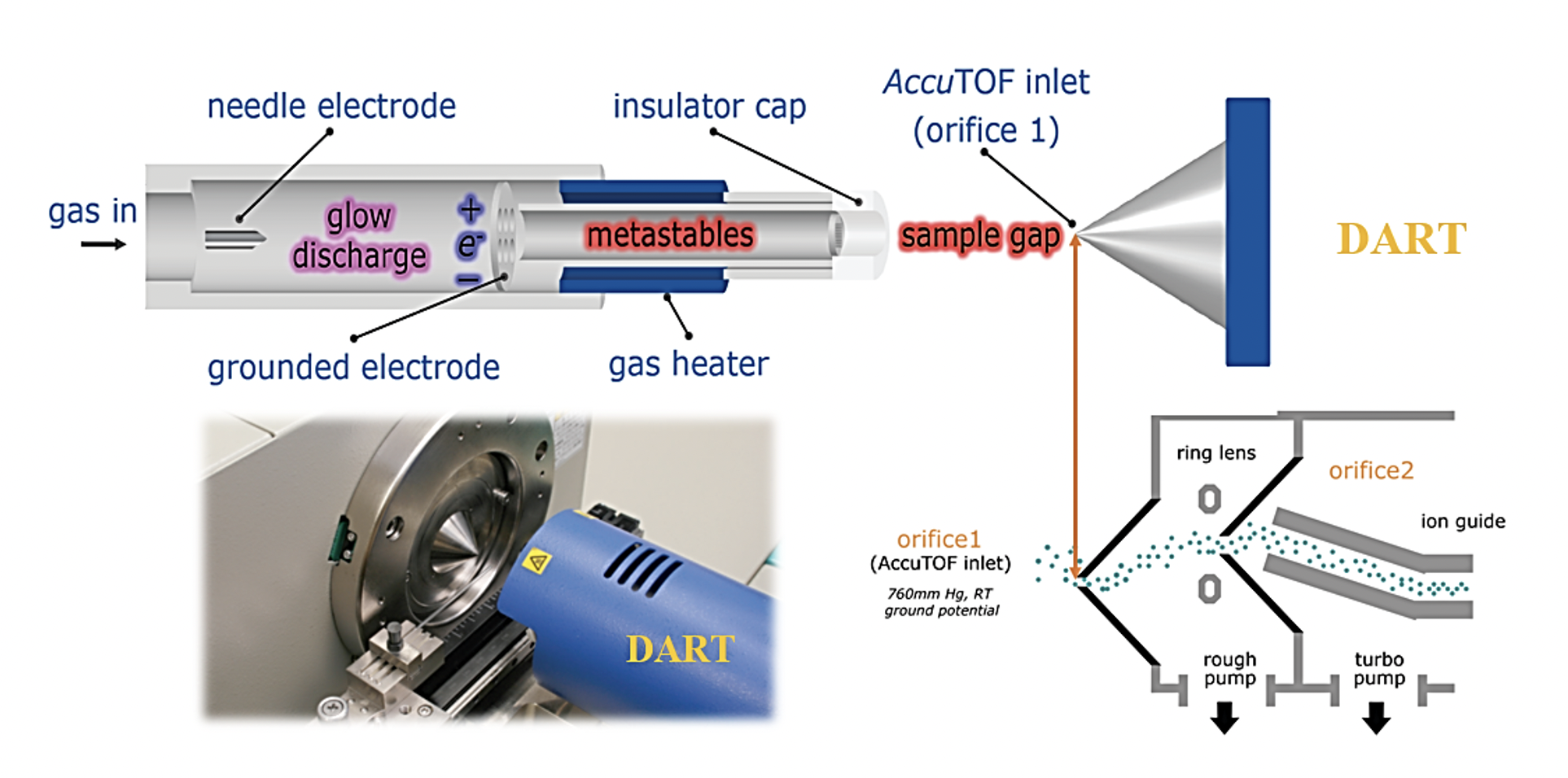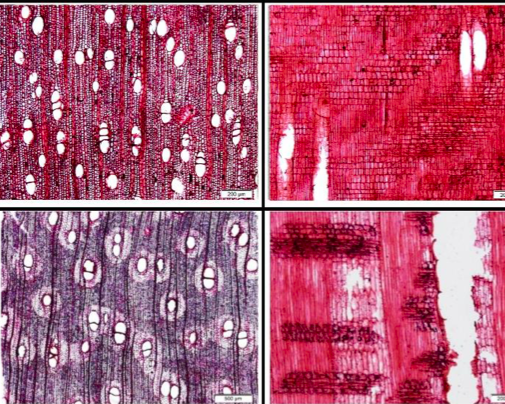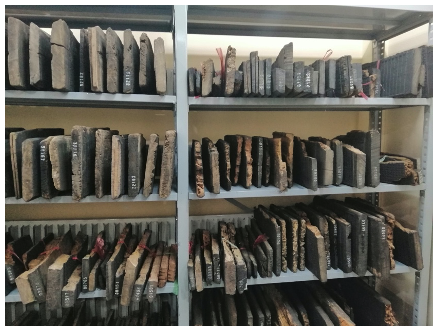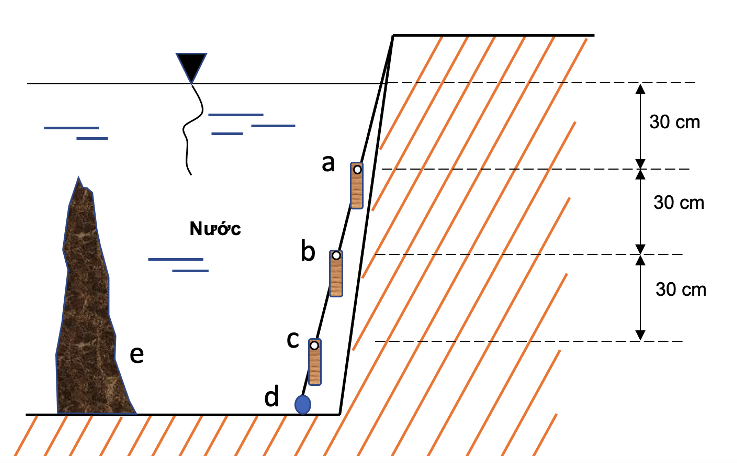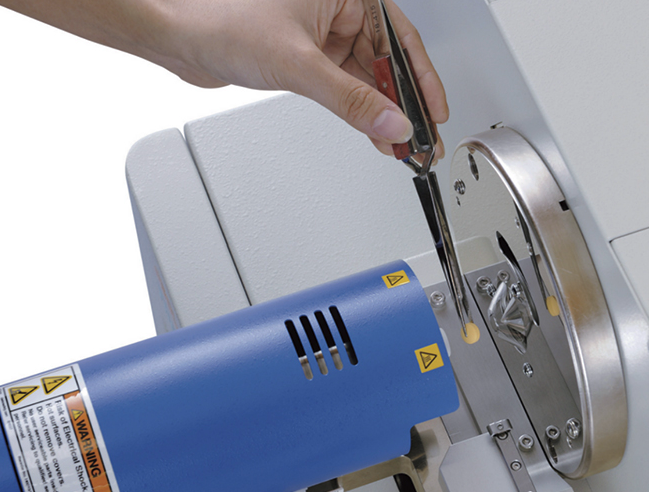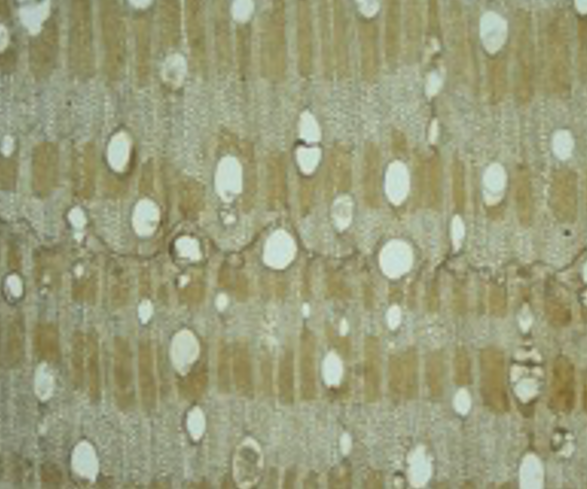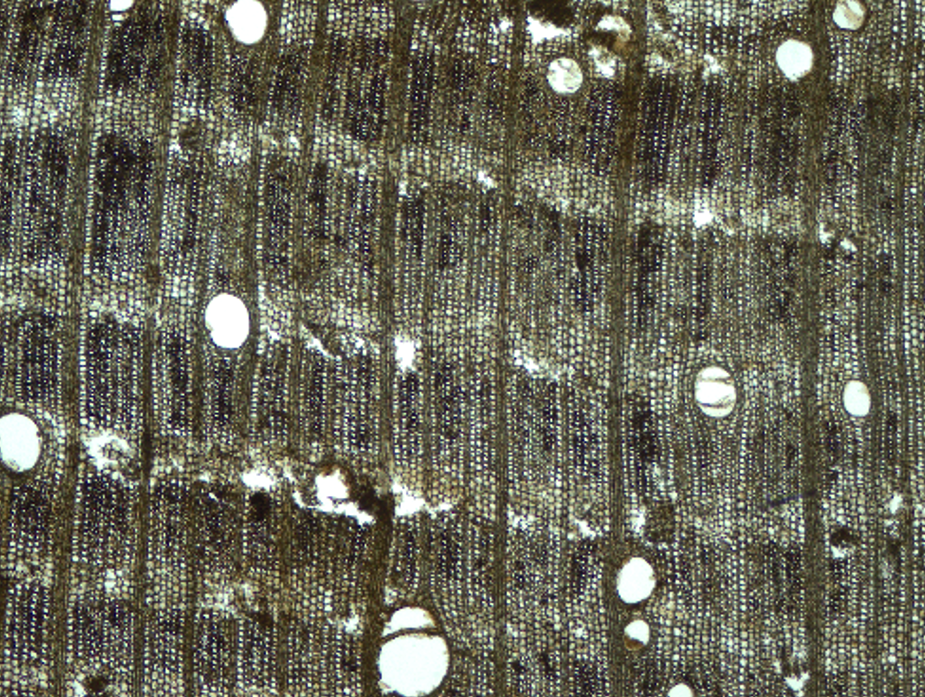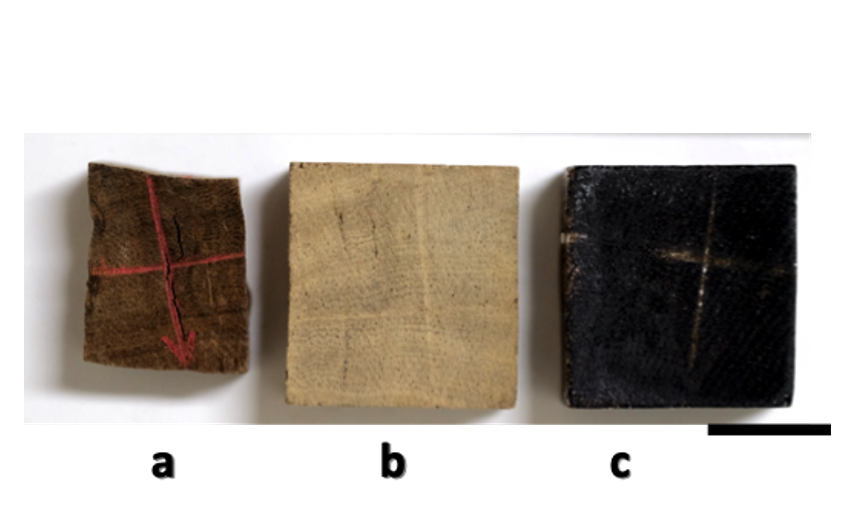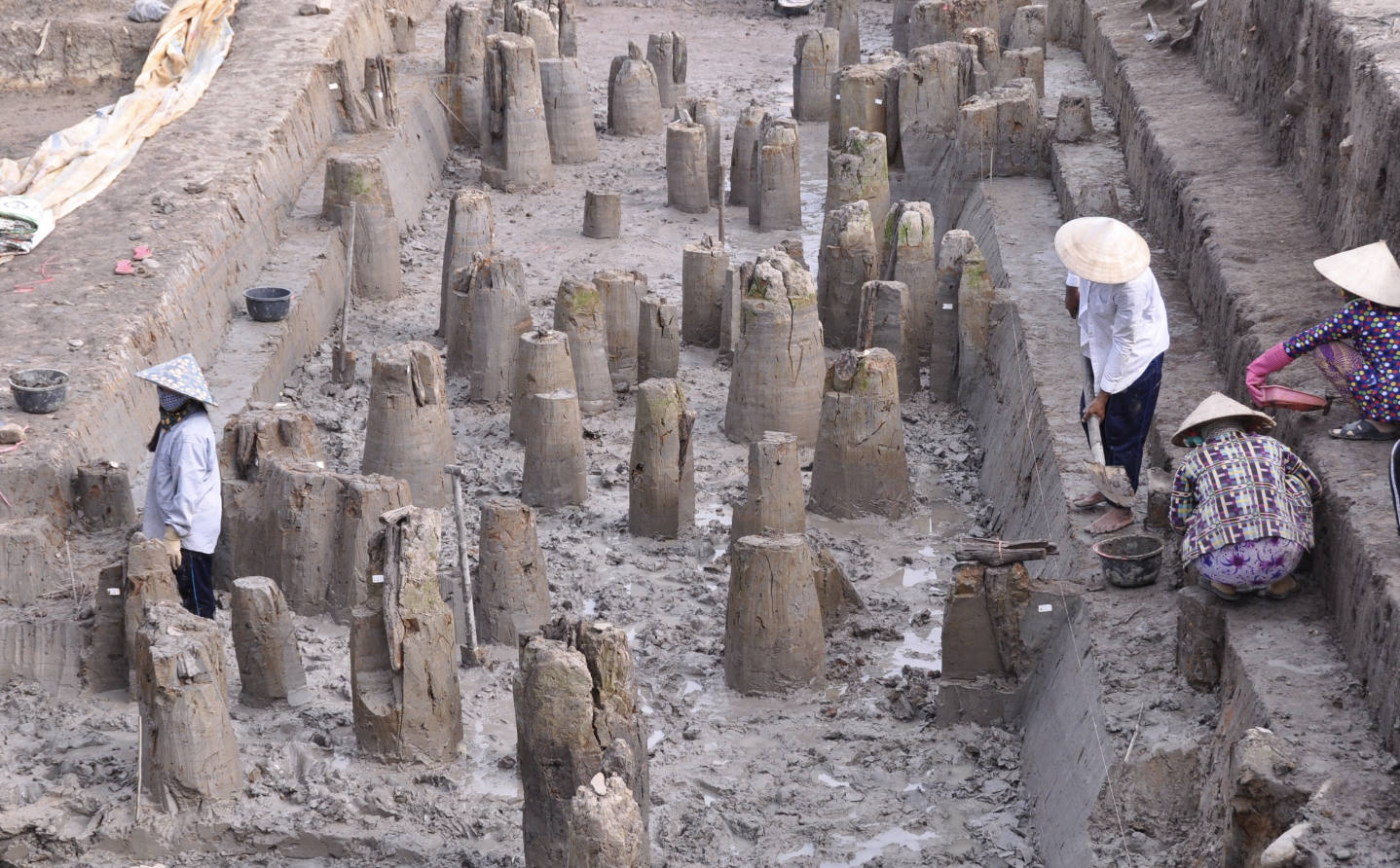Thứ Ba, 06/08/2024, 16:20 (GMT+7)
Tóm tắt
Bài báo trình bày kết quả bảo tồn 10 mẫu khảo cổ (WLW) bằng polyethylene glycol (PEG). Các mẫu WLW được thu thập từ khu khai quật Hoàng thành Thăng Long tại Hà Nội, Việt Nam, nơi được ghi danh của Di sản Thế giới UNESCO. Quá trình tẩm được tiến hành đầu tiên với PEG 2000 có trọng lượng phân tử thấp sau đó là PEG 4000 có trọng lượng phân tử cao. Kết quả cho thấy độ ổn định kích thước của WLW được cải thiện đáng kể sau khi xử lý bằng PEG. Giá trị hiệu suất chống co ngót (ASE) của WLW được xử lý bằng nồng độ PEG cuối cùng là 40% dao động trong khoảng từ 72,5% đến 96,2% tùy thuộc vào loài và mức độ thoái hóa của gỗ. Các giá trị này thay đổi từ 82,4% đến 96,9% đối với WLW được xử lý bằng 70% PEG. Quan sát về cấu trúc tế bào vi mô của gỗ cho thấy PEG chủ yếu lấp đầy các lỗ rỗng của gỗ, do đó gỗ được xử lý vẫn giữ nguyên cấu trúc tế bào, hình dạng và hình dạng ban đầu của chúng. Dựa trên kết quả thu được từ nghiên cứu, xử lý hai bước bằng PEG 2000 và PEG 4000 có thể được sử dụng để bảo tồn WLW được khai quật tại di tích Hoàng thành Thăng Long.
Trích: Báo cáo tại Hội nghị quốc tế về Khảo cổ học và Mỹ thuật Đông Nam Á (SPAFACON2024)
